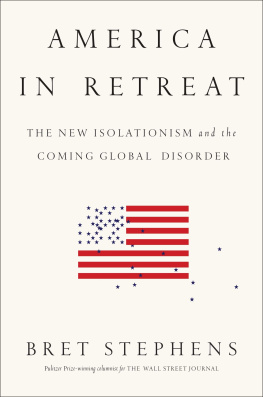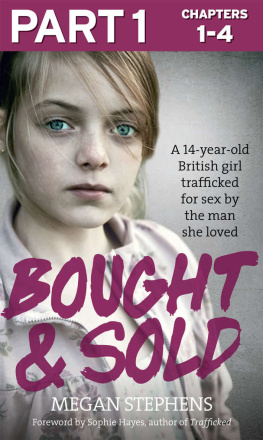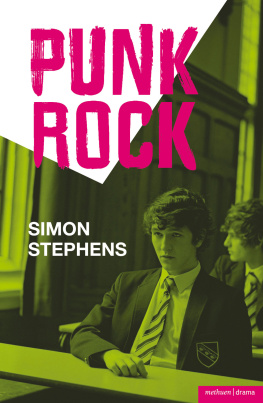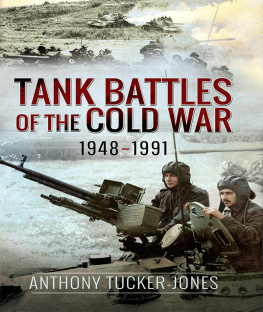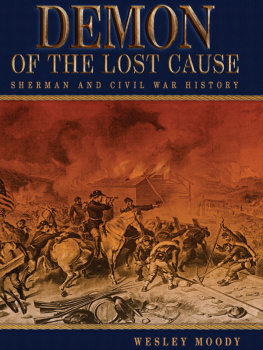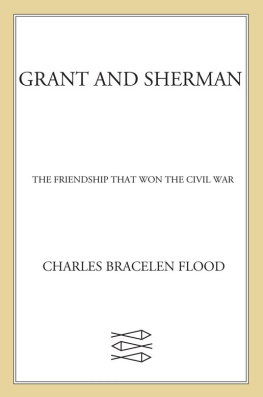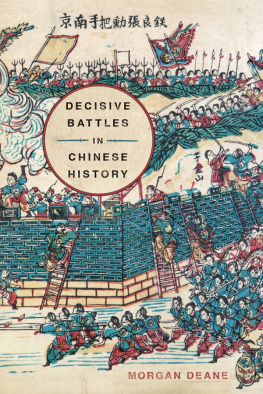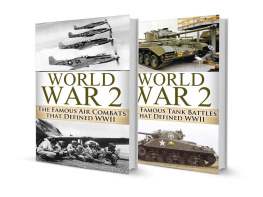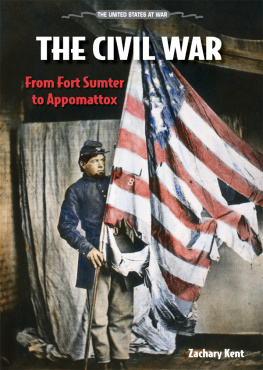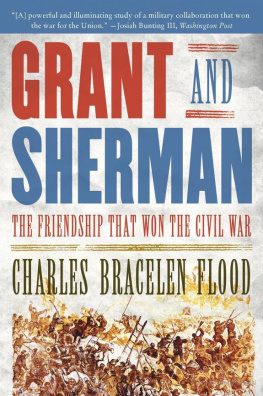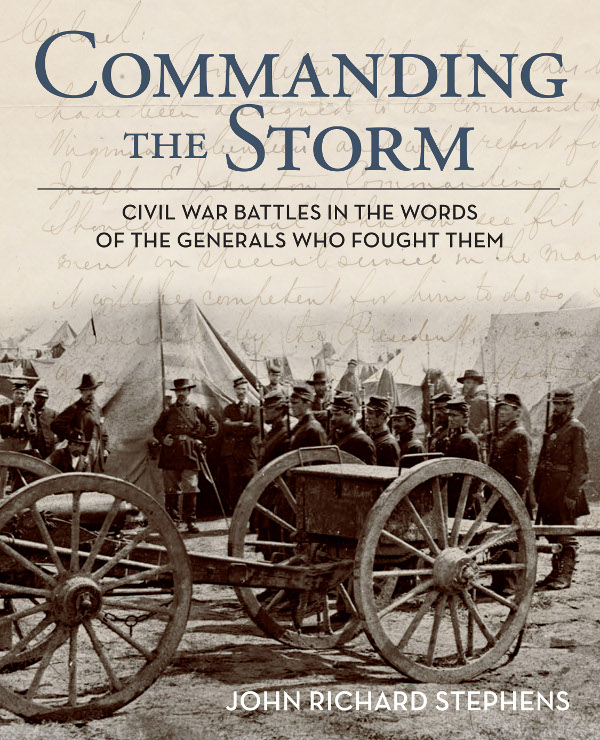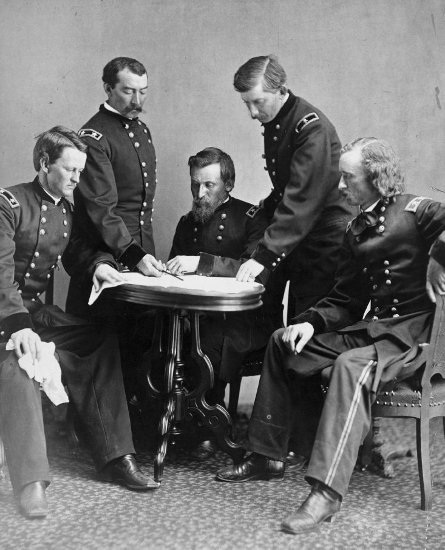While there are Civil War battles and officers of greater significance or interest, I have selected what I perceive as the most famous officers and battles since the majority of readers would prefer to know what Custer had to say, as opposed to Major-General Henry Halleck, who played a much greater role in conducting the course of the war from his office in the War Department. Of course, determining what constitutes fame is subjective, so considerable effort went into constructing the list, with consultation of a large variety of sources.
Ranks listed in the heading of each selection represent the highest rank an officer attained, including brevet rankssome achieved after the warwhile ranks listed on battle summary pages, notes, and text are ranks at a specific time, so Lee appears both as colonel and general, depending on the time.
To maintain a degree of impartiality, I have presented the offensive force in each battle first and the defensive force second.
Almost every selection or quotation is abridged for brevity and to remove superfluous material, though I have taken care to maintain context. Occasionally I have integrated material from several sources into a single selection, as indicated in the Sources list. For ease of reading, I have refrained from indicating where edits were made, except where I felt it would be helpful.
I have also corrected typos while generally maintaining the writers idiosyncratic spelling and punctuation to retain the flavor of the times. As a result, inconsistencies occur between selections, such as General John Bell Hoods spelling of Major-General Rosecranss name as Rosecranz.
The storm had been brewing for quite some timeperhaps more than a century. It was about many things, but at the heart of it all lay slavery.
A poll taken on the 150th anniversary of the start of the Civil War showed that most Americans believe that a disagreement over states rights was the primary cause of the warthis despite the overwhelming opinion of most historians and teachers, who have examined the records and documents that demonstrate clearly that the cause was slavery. The issue of states rights was a rhetorical smoke screen. As we will see from Secessionist documents, the states rights they wanted to preserve had to do with owning slaves.
This is all still hotly debated among nonhistorians, who often ignore facts, with just about everyone confusing the cause of the war with the reasons for fighting it. Slavery caused the war, but thats not what the fighting ended up being about. Some background material will help clarify the confusion. In order to understand the battles and the men who fought them, we need to know what led them there to kill their friends and relatives.
LEGAL AMERICAN SLAVERY
The first thirty of what later became known as slaves came to the Virginia Colony in 1619. But initially even slaves from Africa were considered indentured servants, released after a specified period of time or on conversion to Christianity. But wealthy whites didnt like losing their best-trained servants, so they turned slavery into an automatic life sentence for both the slaves and their descendants. A 1654 Virginia court decision designated John Casor, an African, as the first official slave in the colonies. Even though he had served well past his period of indentured servitude, the court defined him as his masters property and confirmed the designation as a life sentence.
The trade in Africans, which had gone on since the mid-1500s, escalated in the 1700s. As agriculture grew in the South, plantation owners relied on slaves to plant, tend, and harvest crops. Businesses increasingly used them to generate profits. As larger numbers of slaves were kept together in forced labor camps, the quality of their lives decreased to maximize profits, and increasingly brutal methods kept them in line. As slavery expanded, though, many questioned iteven some slaveholders, such as Thomas Jefferson.
REPUBLICANS VERSUS DEMOCRATS
The Revolutionary War complicated matters. It was a war for autonomy, the Declaration of Independence proclaiming that all men are created equal. Yet the newly formed United States was one of the largest slaveholding countries in the world. While framing the Constitution, the Founding Fathers compromised on slavery in order to gain the support of Southern states, particularly South Carolina and Georgia, which probably wouldnt have joined the Union otherwise. But the discussion of human rights resulting from the Revolution also led to talk of abolition.
The abolitionist movement grew rapidly in the early 1800s, particularly in the North, lobbying governments and eventually establishing the Underground Railroad to smuggle slaves to freedom. Their extremely vocal and sometimes violent activities sparked equally violent reactions from their opponents, pushing the two factions farther apart. Slavery became a major political issue, and the evolving political parties were forced to take sides, so that by the 1850s there were two main partiesthe Republican Party, favoring abolition, and the Democratic Party, favoring slavery.
These two political parties now have essentially inverted what they were then. In general, Republicans were reformers, favoring change, while Democrats favored maintaining the status quo. Then, most Republicans were liberal and lived in cities, while most Democrats were conservative and lived in the country. Up until the war each party had its own liberal and conservative divisions, but when considering the parties of the 1800s, in a general way Abraham Lincoln and the Republicans were more liberal, favored change, and opposed slavery, while Jefferson Davis and the Democrats were more conservative, favored the status quo, and championed slavery. Ultimately slavery defined their parties.
STATES AGAINST STATES
Linking the issue of slavery to individual states ended up dividing the country. Perhaps if the Founding Fathers had established a federal law one way or the other, taking the issue away from the states, the nation could have avoided civil war. But even then the issue was so contentious that the Founding Fatherswho had other matters to handlefor the most part avoided it.
As slavery expanded in the South after the Revolution, Northern states began abolishing it, sometimes converting slaves automatically to indentured servants. By 1810 the Northern states had freed 75 percent of their slaveswhich wasnt all that difficult since there werent many slaves in the North. Only 1 percent of enslaved and free African Americans lived in the North, primarily in cities, while 95 percent lived in the South, with the rest in the territories.




